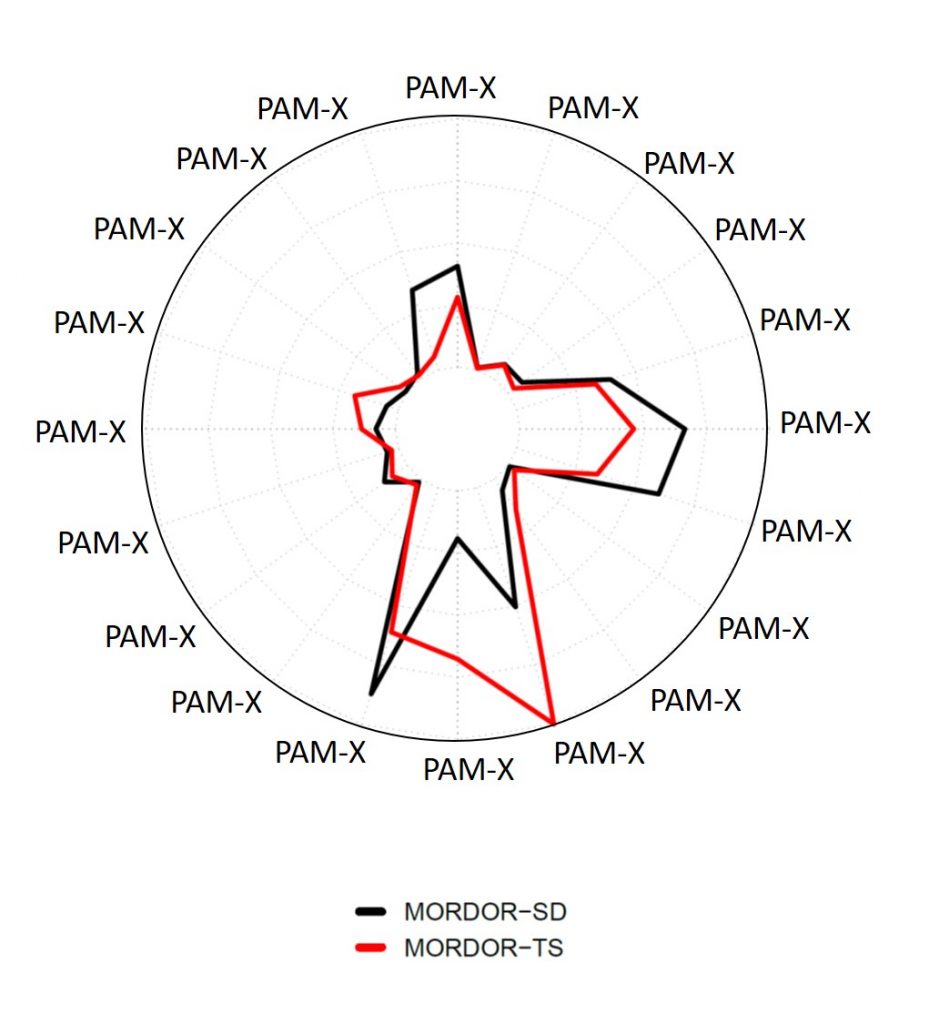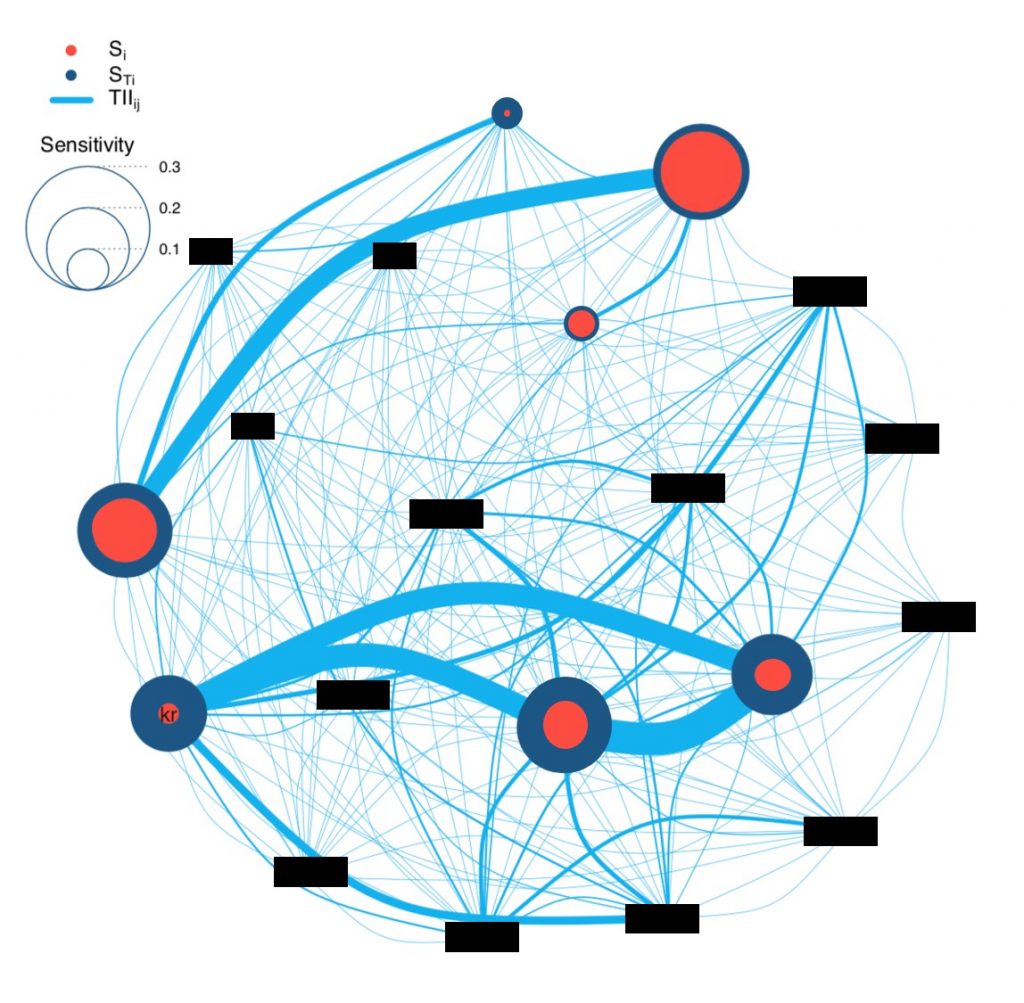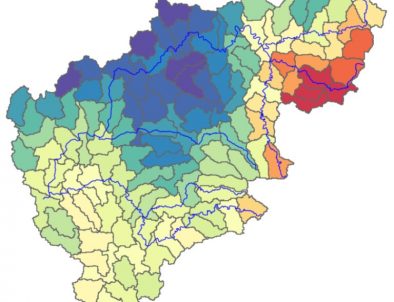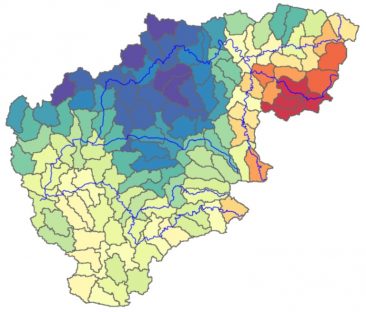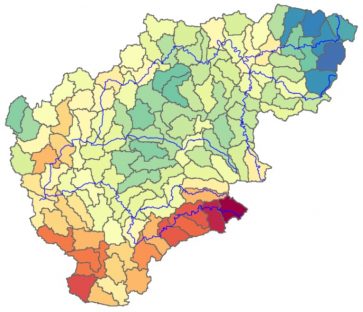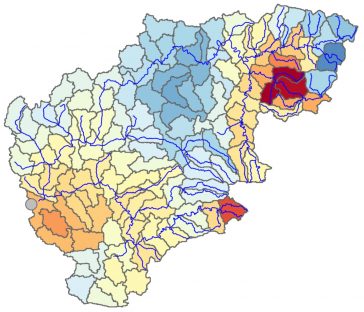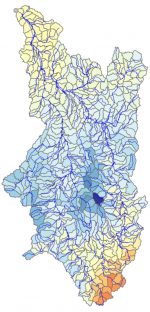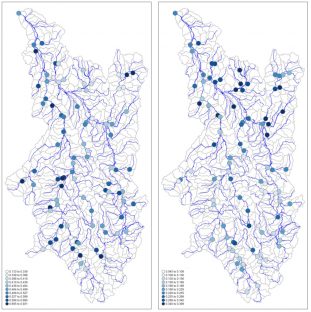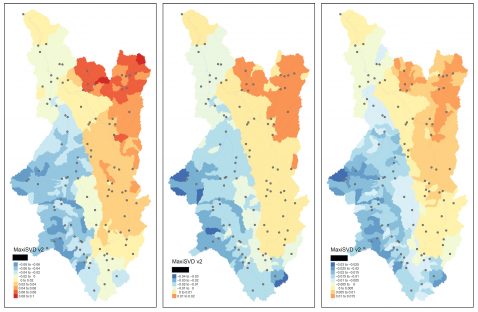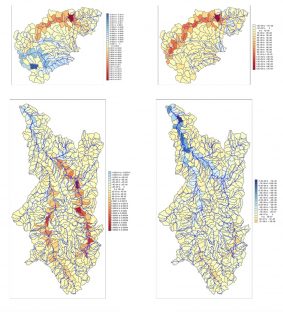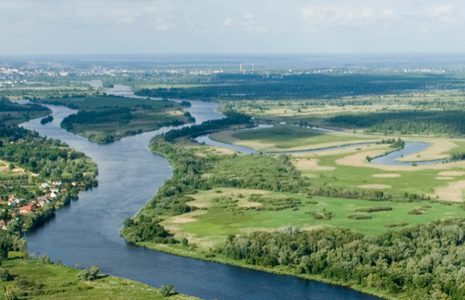Thanks to its expertise in hydrological simulation, TENEVIA works with EDF’s experts to improve forecasts and hydrological simulations for the operational management of dams.
Elaboration of calibration strategies for EDF’s hydrological models
EDF (Electricité De France, France’s leading electric utility company) extensively uses hydrological models for operational applications such as planning, management, design and studies (e.g. hydropower forecasting, flood risk assessment, water balance and climate change studies etc). The latest version of the semi-distributed hydrological model MORDOR-SD was recently developed by EDF’s General Technical Division (EDF-DTG).
This model is used for a variety of operational objectives, physiographic contexts and hydroclimatic regimes. Its formulation is therefore quite complex and a large number of parameters need to be calibrated (over 20). The presence of low-sensitivity model inputs and important interactions among model parameters often lead to problems of equifinality, ambiguity, non-uniqueness, ill-posedness and identifiability that can seriously affect the modeling system’s reliability, stability and robustness.
TENEVIA’s cutting-edge skills in hydrological modeling, data assimilation, sensitivity and uncertainty analysis were therefore used to put together a robust and reproducible calibration strategy. Extensive sensitivity analysis and parameter estimation experiments were carried out. Sophisticated experiment design and Monte Carlo simulations were used for global sensitivity analysis. The operational global population/evolution-based search algorithm was used for parameter estimation experiments.
An analysis of first order, interaction and total sensitivity indices was carried out for various configurations. For each configuration, model calibration and validation performances were also assessed. Significant insight was gained into the role of the different model parameters. This primary building block allowed a calibration strategy to be drafted specifying a significantly reduced list of parameters to be calibrated, depending on the basin and hydroclimatic features. Those prescriptions and recommendations are now fully integrated in the training of the different internal and external model users (forecasters, study and service providers).
In addition, a spatially distributed version of this model (MORDOR-TS) was developed by EDF’s R&D department (EDF Lab Chatou). The use of in-situ or remote sensing spatial observations (i.e. internal discharges, snow cover etc.) for the model forcing and prognostic variables is greatly facilitated. This pre-operational model can also account for the spatial variability of the catchment’s physiographic properties and is best suited to analysing hydraulic structure networks. However, the problem with dimensionality is that it makes the aforementioned issues (i.e. problems of equifinality, ambiguity, non-uniqueness, ill-posedness and identifiability) even more challenging and critical. TENEVIA therefore investigated the spatial sensitivity analysis of model parameters and meteorological forcings. A combination of deterministic and probabilistic sensitivity analysis methods was used to analyse the model’s behaviour and guide the optimisation of the spatially distributed parameters.
This third-party research and development project was carried out in close collaboration with EDF engineers and researchers.
